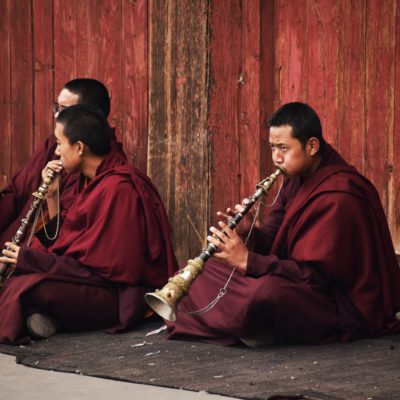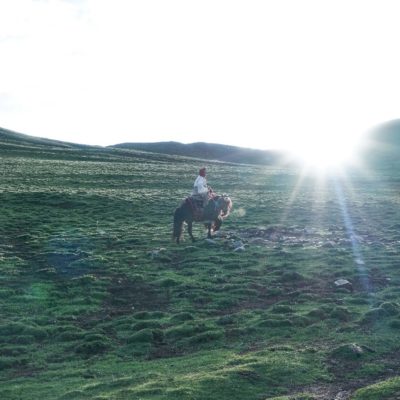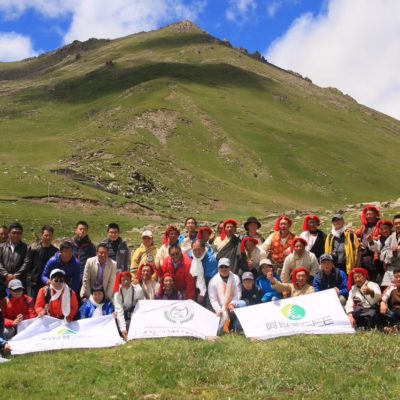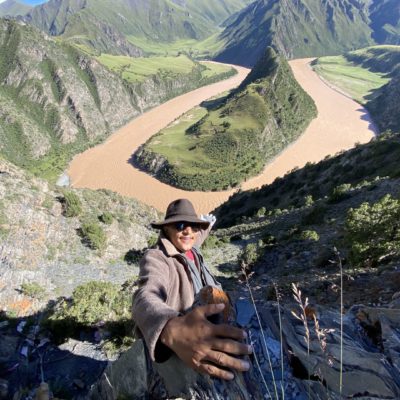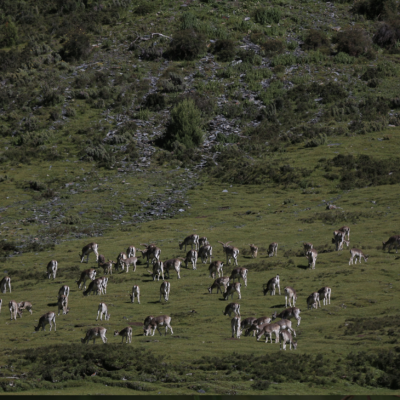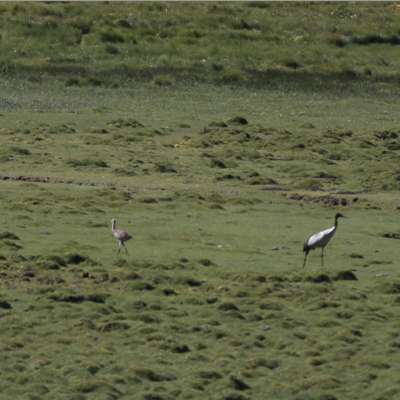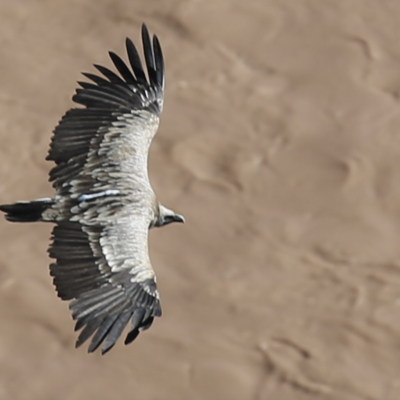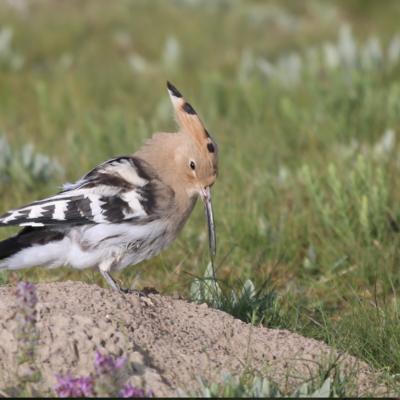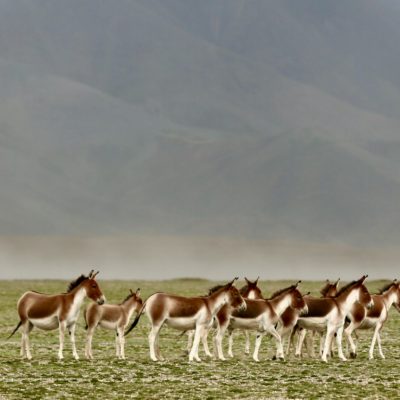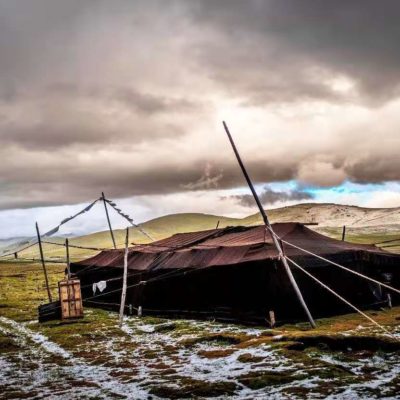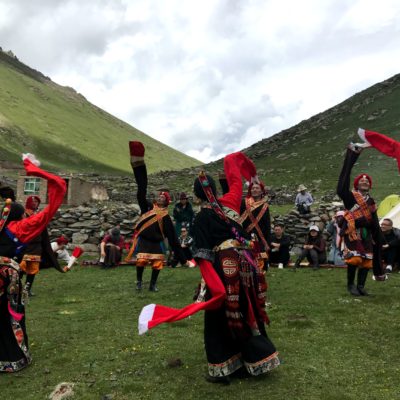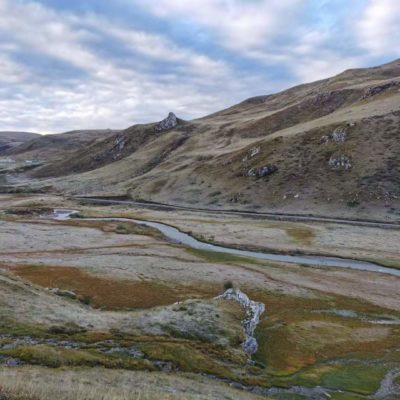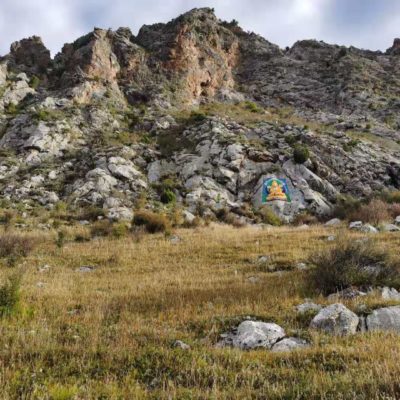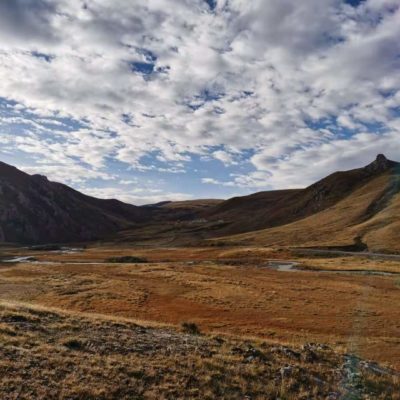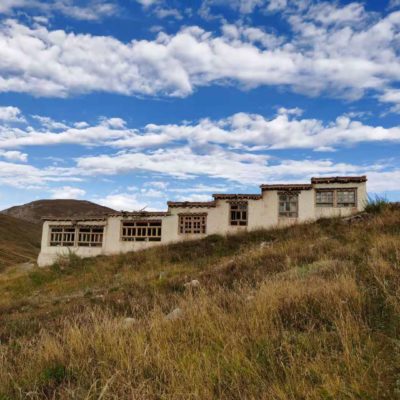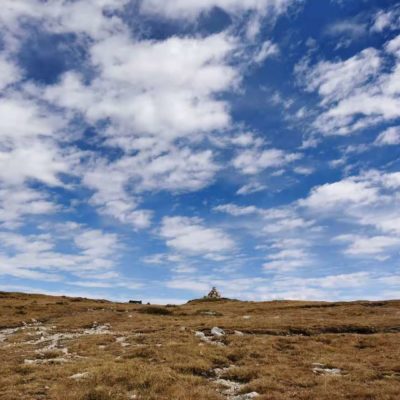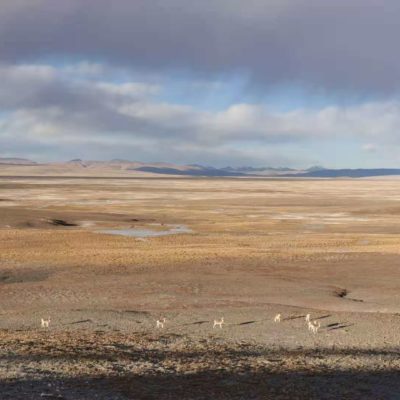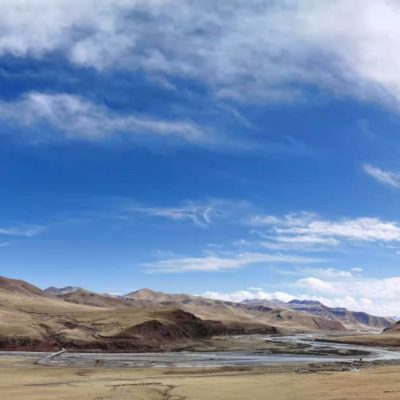Day 1 → Arrive in Yushu
In the mid morning we will pick you up at the Yushu Batang YUS airport.
The sky here is a rich shade of blue and the clouds are vast a expanse of white that stretch out over the high Tibetan Plateau. Take a breath of fresh air as you enter a wilder, more peaceful land. After crossing thousands of mountains and rivers, you are now in the pure land of many sacred mountains and holy lakes: Yushu in Qinghai.
Day 2 → Sanjiangyuan Ganda Workstation and Ganda Eco Horse Coop
The first stop of our tour will take us to the Qinghai Sanjiangyuan Ecological Environment Protection Association Community Service Station in rural Ganda Village. In the workstation, we will listen to the story of Sanjiangyuan environmentalists guarding the sacred lake. Here we will pay a visit to the Asian Water Archive, an important ecological library with thousands of books and materials on water use and conservation on the Tibetan Plateau. We will also view a handmade 3D map of the Plateau's river sources formed by local monks with clay. As Tibet is the "third pole" - or the 3rd largest source of fresh water in the world after the North and South Poles - we will learn about the importance of ecological protection and preserving the cleanliness and sanctity of the Three River's Region in western Qinghai Province. Tibetans consider this a place of spiritual sacredness endowed with life and energy and we want to learn from their ancient wisdom to learn how we can also be better caretakers of the earth.
In the afternoon, we will visit a very special community cooperative that focuses on preserving Tibetan culture as it relates to the close relationship Tibetans have always had with their horses. With the help of local herdsmen, we will take a horse trek from the Ganda Ecological Horse Caravan Camp to experience the life of the pastoral area.Along the way, we will take a break in the high grasslands and listen to the stories of the local shepherds. We will hear of a time before there were fences or cars and how these modern changes have impacted the social and environmental behavior of the nomads who roam here. We will also hear stories of how these communities faced problems of desertification and then worked together to bring the health of the ecosystem back from the brink of ruin. We will relax in an open meadow full of wildflowers and enjoy traditional, organic food including Tsampa, Tibetan milk tea, yak dumpling, freshly made yak yogurt and cheese, and other local specialties.
After dinner, we will experience the nomadic life with our guides and expeirenced herdsmen as we sit around a simmering juniper fire, learn the about the Tibetan tea ceremony and the traditional methods used in making prayer flags and weaving yak hair into rope.
This will be a true immersion into the the fives senses as we taste, touch, feel, smell, and listen to the the timeless rhythms of Tibetan culture. In the evening we will also play traditional grassland games. Through these games we will come to understand the relationship between the local lifestyle and the protection of the local ecosystem and feel the harmony between man and nature in Tibet. At night, we will head back to Yushu, check into the hotel in Yushu town.
Day 3 → Nasoni Village, Nangchen
Today we will depart from Yushu town to drive to another very special community initiative. With an average elevation of 4,100 meters, Jianzuo Village is the first zero-waste community on the Tibetan Plateau. In this community all residents and guests, whether local herdsmen, practitioners, or visiting travelers, are not allowed to use or discard plastic products, plastic packaging. In this community you will need to bring your own bowls and chopsticks and water bottles. When you leave, you are also invited to pack out your own waste and to be thoughtful about your own impact on the environment as you return to your home.
What prompted the establishment of this unique zero-waste community?
What is a zero waste lifestyle?
We will answer these questions and more as we converse with the local herdsmen.
After a short rest, enjoy a special authentic lunch prepared by the local monks and nuns and then visit the Dega Environmental School. Every inch of the school's construction adheres to the principles of zero waste environmental protection. Here we can find local treasures and handicrafts made by the local men and women including saddles made from traditional leathermaking skills and hand sewn wool cushions and handicrafts by local artisans. These artists have really captured the beauty of the traditional nomadic culture in their craft and we will have a workshop to learn about their unique designs.
We will also follow the footsteps of local Tibetan doctors as we hike to gain a greater understanding of the local plants, listening to a senior Tibetan medicine expert as he explains their medicinal value and the folk stories behind each plant. If we are lucky, we may also get a chance get close to wildlife on the plateau, especially the wild Snow Leopard native to the Lingshuang area around 4,100 meters in elevation.
In the evening, we say goodbye to the Dega community and travel to Nasoni village, at the source of the Lancang River (also known as the Mekong River). As we drive we will pass through the famous Jola Mountain to hear the story of the mountain and feel the reverence and love for the snow-capped mountains as it is considered sacred by the local people. In the evening, we will rest in the village of Nasoni at 3,800 meters above sea level.
Day 4 → Lang River Source - Yushu
In Nasoni Village, we will learn the story of the intrepid environmentalists in the area who have dared to protect their native lands. The environmental team at Nasoni Village was established because Mount Gyula was covered in garbage, and locals organized a spontaneous effort to clean up the unsightly mess. In the process of restoring the sanctity of the Sacred Mountain environment they also aroused their own awareness of environmental protection, and gradually established environmental groups including those that worked in plant monitoring, wildlife conservation patroling, water quality monitoring, bird observation, and other groups who worked together to protect the environment. Local herdsmen jointly work together protect the local ecological environment through these environmental groups.
We will also visit a Tibetan architectural site called the Genni White House, a restoration of ancient Tibetan architetural site painted with thousands of gallons of real yak milk. Learn about the community who is behind this reconstruction by listening to the stories of the buildings in the Genni White House and the nearby architectural library. Under the guidance of local people, we will also experience traditional Tibetan stone carving, wood carving and other activities as we get to create our own unique memories through hands-on engagement in these traditional building forms.
The village of Nasoni, at 4,000 meters in elevation, is also the second zero waste community center demonstration site near Yushu. We can visit the zero waste construction site and the local herdsmen to discuss possible solutions to promote the realization of zero waste communities.
In the evening, we will drive back to Yushu, and rest in our cozy hotel in Yushu.
Day 5 → Pazhuoba Cooperative- Qumalai Country
Depart from Yushu for Ganning Village Pachuoba Co-operative. We will visit Aung Giang, the environmental leader of Sanjiangyuan, to listen to the story behind his co-operative. Explore the ancient nomadic wisdom behind the establishment of black tents and happy pastures; Learn how local people can achieve the sustainable development of the community by restoring the traditional way of life and production.
Leaving the Pajoba Co-operative, we will visit the ruins of an ancient Buddhist temple. The 800-year-old Gongsa Temple site is located in the source area of the Yangtze River. We will stand beside the ancient temple ruins to feel the grandeur of the surging of Tongtian River in the upper reaches of the Yangtze River. Here we will discuss the Yangzte River's history as it dried up and then was restored and protected by the locals.
In the evening, we rest in Qumalai County at an altitude 4200 meters.
Day 6 → Qumalai - Hoh Xil - Yushu
In the morning we will drive to the source of the Yangtze River and the source of the Yellow River at the junction of Qumalai County, and then continue deep into the Tibetan antelope habitat in Hoh Xil. The Hoh Xil National Nature Reserve in Qinghai Province covers an area of 45 million hectares. This is one of the largest, and most untouched of all the natural reserves in the world. As a National Park in China, it boasts the largest land area, the highest altitude, and the richest wildlife resources. Hoh Xil Natural Reserve was established to protect Tibetan antelope, wild yak, Tibetan wild donkey, Tibetan gazelle and other rare wild animals, plants and habitat. In Hoh Xil, we will have the chance to observe the wildlife that inhabits the land freely and witness the rich diversity and harmony of life here in these barren landscapes .Hoh Xil is 4,400 meters above sea level and wont stay for long.
Finally, we return to Yushu town, and we will debrief our trip over our last Tibetan dinner.
